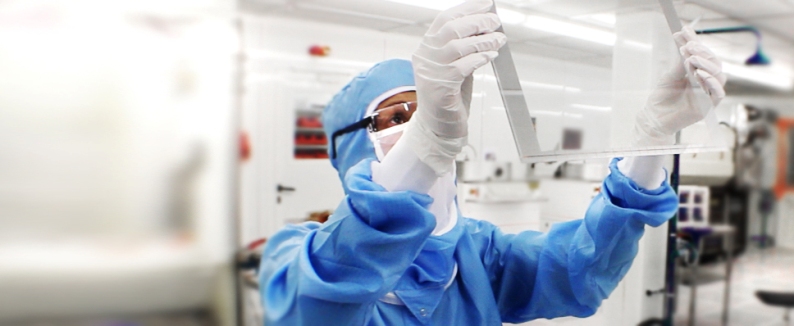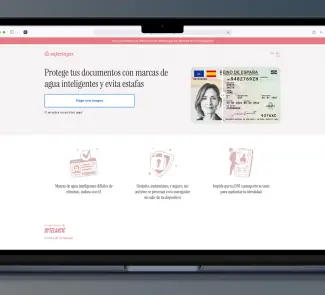This joint invention by two companies will allow smartphones to charge their batteries thanks to solar energy.
Recharging our mobiles has become a headache, especially when we have to anxiously be on the lookout for an outlet in any public place where we’re going to spend more than 15 minutes. There are a good number of research studies aimed at increasing battery duration and efficiency of terminals, but a definitive solution is still far off. With Wysips, the solution is just as distant, but it could alleviate some of the problems while it gets here. It consists of a thin sheet of glass that is incorporated into the screen and absorbs solar energy to recharge the device.
The concept of Wysips was developed jointly by SunPartner, which manufactures the glass sheet, and 3M, inventor of the adhesive needed to secure the product to the screens. This thin film is intended for installation on the screens of smartphones and other mobile devices in order to act as a kind of miniature solar panel.
When the sheet is attached, the screen is able to absorb energy from the sun, as well as from artificial light. The project’s developers calculate that while being used as usual, 15% of a device’s daily battery power could be charged by Wysips. Even so, the two companies are trying to improve the product so that it will be able to absorb more energy.
The figure of 15% of course refers to an average smartphone; according to the creators, e-ink devices would never have to be recharged with a cable at all. The product is being presented to smartphone manufacturers and at least one is willing to implement it, launching the first phones in 2015.
According to the product’s developers, implementing Wysips on a screen doesn’t cost manufacturers more than 2 or 3 dollars. If this is the case, and hardware companies get on board soon, we’ll soon see mobiles all over the place sunning themselves on tables, while their owners are enjoying a cool drink on the terrace of a bar.
Li-Fi, receiving information via light
But that’s not all that Wysips is good for. Its creators have designed it so that it can receive information, in addition to energy, through light waves. This Li-Fi technology works with light waves, as opposed to Wi-Fi, which uses radio waves.
This would allow a terminal with Wysips to open a video or website by just placing it under a particular light that has been configured to transmit that information. Li-Fi speeds are much higher than Wi-Fi and Bluetooth, and it has a wide range of uses. For example, stores could use it to send coupons to customers when they place their smartphone under a beam of light.
Image: Sunpartnergroup









